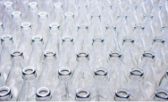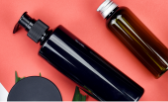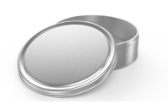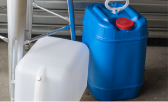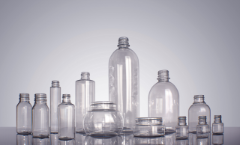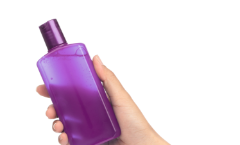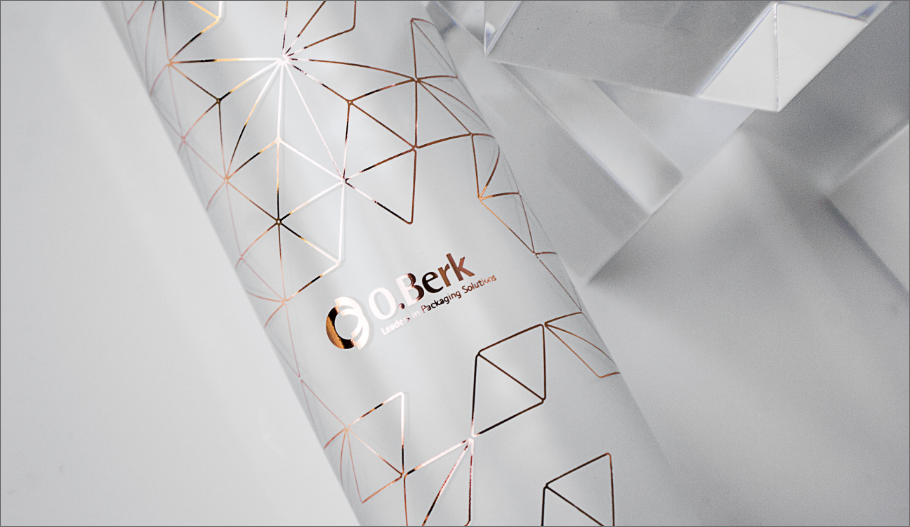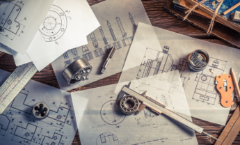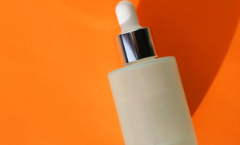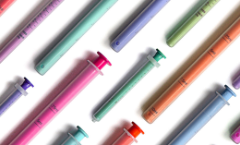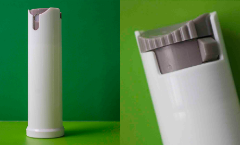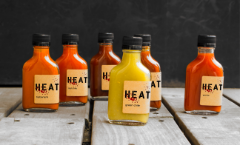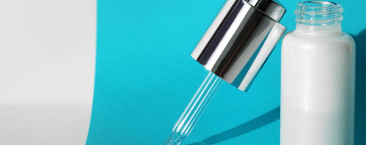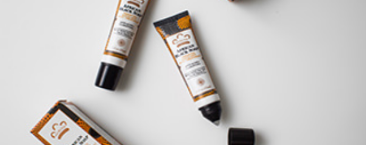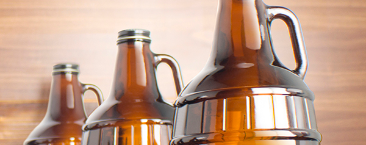A Beginner's Guide to Container Gardening
Container gardening is an accessible and rewarding way to cultivate plants, whether you have a sprawling backyard or just a small balcony. This method allows anyone, regardless of their gardening experience or available space, to enjoy the beauty and benefits of growing their own flowers, herbs, and vegetables. With the right containers, soil, and plants, you can create a vibrant garden that enhances your living space.
What Is Container Gardening?
Container gardening refers to the practice of cultivating plants in containers instead of planting them directly in the ground. Containers can range from ceramic pots and decorative planters to hanging baskets and window boxes, accommodating a wide variety of plant species and spaces.
Why Container Gardening?
Container gardening makes growing plants accessible to individuals with limited space, such as those living in urban environments or apartments, or poor soil conditions. Containers can be filled with potting soil and placed on patios or balconies or even indoors.
What Are Some Container Gardening Tips for Success?
Growing plants in containers can bring some unique challenges, meaning that there are a few things you'll need to watch out for. Plants in containers are more vulnerable to temperature variations, since their roots aren't protected by all of the soil in the ground, so it can be challenging to keep them at an ideal growing temperature. Being contained in a pot also limits the plants' access to water and nutrients, so you'll need to make sure to water them more often and give them fertilizer. And because plants in containers have limited space to grow, you may need to re-pot them as they get bigger.
Here are a few other tips for successful container gardening:
- Choose plants that are native to your area or places with similar growing conditions, as they'll be easier to grow.
- Water plants during the early morning or at sunset, especially during the sweltering summer months.
- Adding mulch to your container gardens can help the soil to retain moisture, which is particularly beneficial for water-sensitive plants.
How to Get Started With Container Gardening
What Supplies Do I Need?
The most important things you'll need for a successful container garden are plants or seeds to grow, good soil, and containers. A few basic garden tools, like a pair of gardening gloves, a trowel, and a set of sheers, can also be useful.
How to Prepare Soil for Container Gardening
Container gardening requires specific soil preparations to ensure that plants thrive in a confined environment. Many gardeners opt for commercially available potting mixes, which are formulated specifically for container gardening. These mixes typically contain a blend of peat moss, vermiculite, perlite, and sometimes compost or other organic materials. This combination provides excellent drainage while retaining moisture and nutrients essential for plant growth.
Can You Use a Planter Without Drainage Holes?
Potted plants need well-drained soil to thrive, so your containers must have drainage holes. Without adequate drainage, your plants will be susceptible to root rot. If you're growing plants indoors, put a saucer or tray beneath them to catch the water that runs out. Outdoor growing containers should be placed atop some gravel or mulch to avoid blocking the holes toward the bottom from draining properly.
Do You Have to Fill Large Plant Containers Completely With Soil?
While larger containers can have aesthetic appeal, filling these pots entirely with high-quality soil can be quite costly and make them difficult to move. To lighten the load, you can put filler material at the bottom of the pot before adding the soil. Options include empty aluminum cans or plastic bottles, foam packing peanuts, or mulch. But if you don't plan to move your planters and want to keep them firmly in place, you can also choose to add heavy objects to the bottom, like bricks or broken pieces of ceramic pots. Either way, you should only fill the container about a third of the way full before you switch to putting in soil.
How to Start Planning Your Container Garden
Pick Your Location
Knowing where your containers will be placed will help you to choose the plants you'll grow. Consider the amount of growing space you have and the amount of sunlight your growing area receives.
Choose Your Containers
When selecting a container, take into account its size, cost, and appearance. Here are some popular choices:
- Clay (Terra-Cotta) Pots: Clay pots are a classic choice and complement most decor styles. However, they are porous, meaning you'll need to water your plants more frequently.
- Stone or Concrete Pots: Known for their durability, these heavy-duty containers can withstand any conditions but are difficult to move due to their weight.
- Wood Barrels: Offering a rustic and natural aesthetic, wood barrels are another option for container gardens. For longevity, choose barrels made from a durable wood like cedar.
- Plastic Containers: Plastic planters are lightweight and come in many styles and sizes. They'll often withstand winter weather, but they're likely to crack eventually.
- DIY Containers: You can make almost any container into a planter, from a bucket to a basket to an old bird bath. Just be sure to add drainage holes if your container doesn't already have them.
Decide What to Plant
Consider your growing zone, the amount of sun your plants will get, and whether you want to grow annuals, which need to be grown from seed every year, or perennials, which grow back each spring. Then, choose appropriate plants, making sure to take into account the sizes of your containers to ensure that the plants have adequate space.
Planting Your Container Garden
To begin planting in a container, first, moisten your potting mix and fill the container about three-quarters full. Then, arrange your plants on top, spacing them more closely than you would in the ground for a fuller-looking display. Place taller plants in the center for a focal point, shorter mounding plants around them for texture, and trailing plants along the edges for a cascading effect. Once you're satisfied with the arrangement, add more potting mix around the plants, stopping an inch below the rim of the container to prevent water runoff. Firm the soil gently to remove air pockets, then water the plants thoroughly.
Tips for Container Vegetable Gardening
What Kind of Soil Should You Use to Grow Vegetables in a Container?
You can either buy a specialized vegetable potting mix from your local garden supply store or create your own blend in which to plant your vegetables. Use a mixture that includes vermiculite, which will help the soil to retain moisture, and add compost to nourish your plants.
How to Choose and Grow Vegetable Plants in a Container
When choosing which vegetables to grow in containers, consider the space needs of each plant. Some will need lots of horizontal space to spread out, others require cages to support their upward growth, and certain vegetables need very deep containers for their root systems. Popular vegetables to grow in containers include tomatoes (which need cages), kale, squash (which will sprawl over the ground), and hot peppers. To make the most of your limited planting space, put different types of plants with different space needs in the same pot, like a tall plant alongside a sprawling, viney one. But make sure not to put plants in the same family into the same pot: They'll compete for nutrients, stunting their growth.
How to Plant an Herb Garden in a Container
Herbs are particularly well-suited for container gardening, making them an excellent choice for cultivation in kitchen windowsills or on patios where they can be easily accessed during cooking. Some popular herbs that are commonly grown in containers include:
- Basil: Known for its aromatic leaves, basil is a staple in many cuisines, particularly Italian. It requires warm temperatures and plenty of sunlight.
- Oregano: This herb is essential for Mediterranean dishes and thrives in well-drained soil with full sun exposure.
- Parsley: A versatile herb used as a garnish or ingredient, parsley prefers partial shade and moist soil.
As with any other type of plant, herbs can be grown alone or with other plants, but you'll need to consider the needs and growing habits of each plant before putting them together in one pot. For instance, mint tends to spread rapidly, crowding out any other plants in its container, so it should be planted alone.
How to Keep Wildlife From Destroying Your Container Garden
- Select Deer-Resistant Plants and Bulbs: Certain species have evolved with characteristics that make them unpalatable or even toxic to these animals. For instance, plants such as lavender, sage, and ornamental grasses tend to be less attractive to deer due to their strong scents or bitter tastes. And incorporating thorny or prickly plants like barberry can create a physical barrier that deters browsing.
- Use Natural Sprays and Powders: A simple, all-natural deterrent spray can be made by mixing water, vinegar, and finely chopped garlic. You can also try sprinkling cayenne pepper around the base of your plants to create an unpleasant experience for any animal that attempts to nibble on them.
- Add Noise-Making Devices: Since many garden grazers are prey species, they tend to be skittish and easily startled by loud noises. Strategically placing wind chimes in your garden can create a gentle yet effective auditory deterrent against deer and rabbits.
How to Water Your Container Garden While on Vacation
If you're planning to take a vacation during the growing season, plan ahead to help your plants stay hydrated:
- Install a drip irrigation system with a timer that can turn on the water regularly while you're gone. You can also use a timer with sprinklers.
- For indoor pots, watering globes can be a good option. These glass or plastic containers should be filled with water and inverted into the soil before you leave.
Preparing Your Container Garden for Winter
If you get mild winters where you live, your containers might be fine outdoors during the winter. But if the winter brings freezing temperatures, you should empty out your containers in the fall. Bulbs and hardy perennials can be planted directly in the ground before the first freeze. Any other plants should either be composted or brought indoors.
Additional Resources
- Container Gardening With Native Plants
- Guide to Container Gardening
- Container Gardening 101
- Gardening in Containers
- Container Gardening Guide
- Getting Creative With Containers
- Urban Container Gardening: A Complete Guide to Gardening in Containers
- Best Potting Soils for Thriving Container Gardens
- The Complete Guide to Growing Tomatoes in Containers
- Beginner's Guide: How to Start a Basic Herb Garden in Pots
- Vegetable Gardening in Containers
- Container Gardening Basics
- Growing Fruit Trees in a Container
- Glass Bottles for Garden Projects
- No Yard? No Problem: Grow a Container Garden
- Container Gardening: The Beginner's Guide to Growing Potted Plants Outdoors






